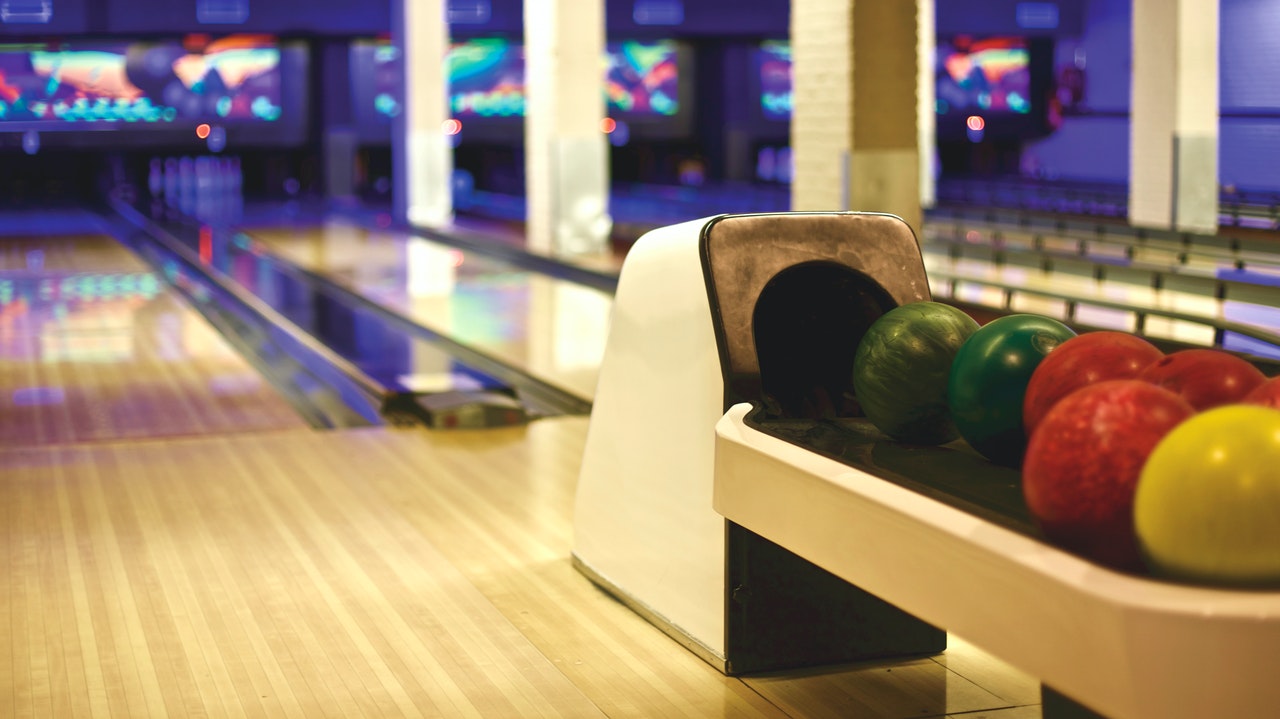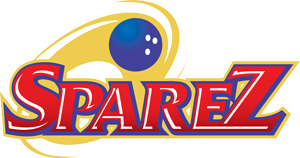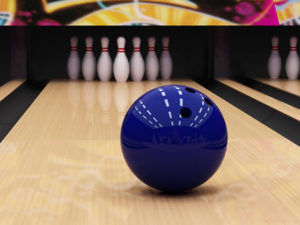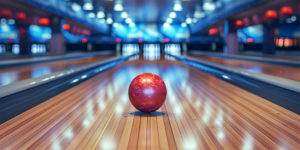
Source: Beginner Bowling Tips
When you’re just starting to bowl, it’s unlikely that you will have your own ball and you’re most likely relying on the ones provided by the alley. These are known as “house balls” and you’ll plenty of them find them sitting on racks near the lanes.
It’s very important to take some time to carefully select your ball. A bad fit can be disastrous to your scores, but a proper match can greatly improve your results on the lanes.
What to Look For in a House Ball
The two main things to look for in a house ball are weight and finger holes. In addition to these factors, you should carefully inspect the outside cover of the ball to see if there are any major dents or chunks that would affect its roll down the lane.
Proper Ball Weight
Most house balls will say their weight right on their cover, and some alleys may use a color-coded system for different weights. If there’s any doubt, don’t hesitate to ask the alley staff.
Female adult bowlers should start out with an 11 or 12 pound ball while most adult men should feel comfortable with a 14 or 15 pounder.
Understand that these are just general guidelines and your ideal weight will vary depending on your body type and strength. You should try these weights but be sure to adjust if it does not feel right.
There is also a simple test that you can try out to see if your ball is too heavy. Hold the ball in the palm of your bowling hand and extend your arm. Place your non-bowling hand below for additional support, and see if you can comfortably hold the ball for about 5 seconds. If you can’t, the ball is too heavy for you and you should move down to a lighter one.
The Right Finger Holes
First, you want the thumb hole to be snug, but big enough so that your thumb can come out easily without too much resistance or a loud pop. If the hole is too big, you will put too much stress on your thumb joint, which can lead to poor shots and even injury.
You want the finger holes to be large enough so that you can insert your fingers fully up to the second knuckle. (This is known as a conventional grip, the only one which should be used with a house ball.) Your middle and ring fingers should be stretched naturally and comfortably.
Even Better – Invest in Your Own Ball
Although their popular for beginners, house balls have some significant disadvantages. First, no matter how long you look, it’s unlikely you will find a ball with an just the right fit for your fingers. You’ll usually have to settle for a pretty good fit, and if the thumb hole fits, the finger holes might seem a little too loose, or vice versa.
Since house balls are drilled to be used by both left and right handers, the two finger holes are the same size. Your middle finger is larger than your ring finger, however, so this also contributes to a less than optimal fit.
It’s very tough to find any sort of consistency when you’re using different equipment each time, and house balls vary greatly in the size and placement of the finger holes. While you can often settle for a decent fit, it’s much better to make the investment in a ball that is drilled specifically for your hand.





